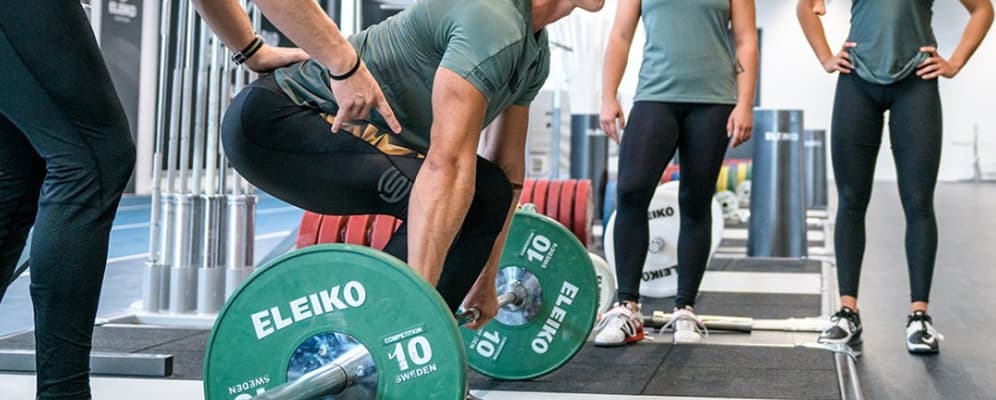The deadlift is the ultimate test of full-body strength. It challenges everything from your legs to your grip, exposing any weaknesses as the weight increases. Identifying and addressing these weak points is the key to continuous progress in this foundational lift.
What Makes the Perfect Deadlift?
The perfect deadlift will vary from person to person, depending on biomechanics and whether you choose a conventional or sumo stance. However, some universal principles apply:
- Hips above knees, shoulders above hips – This alignment maximises force production and efficiency.
- A neutral lower back – Keeping a natural curve in your spine protects against injury and ensures proper form.
- Engaged upper back – An extended thoracic spine (chest lifted) maintains bar proximity and stability.
As you lift, **maintaining this posture until the bar passes the knees is crucial**. From there, extend the hips and bring the shoulders up at the same rate, reaching a strong, upright lockout with the chest up and shoulders behind the bar.
Managing Form
Some form of breakdown is inevitable when lifting near-maximal weights, especially for experienced lifters pushing their limits. Rather than seeing this as a failure, use it as feedback to pinpoint areas that need strengthening to lift heavier with better form.
Strengthening Weak Points
You need to build strength in supporting muscle groups to improve your deadlift. Here’s where to focus:
1. Build a Stronger Upper Back
Upper back strength is a normal limitation, especially for beginners. A strong upper back keeps the bar close and prevents rounding, which is critical for maintaining form under heavy loads.
Incorporate a variety of rowing movements into your routine:
- Bent-over rows
- Pendlay rowsSingle-arm dumbbell rows
- Seated cable rows
- Face pulls (for scapular stability)
2. Strengthen Your Hamstrings
Your hamstrings play a massive role in the initial pull from the floor. Weak hamstrings often lead to the hips rising too early, shifting the load onto the lower back and reducing efficiency.
Some of the best exercises for hamstring strength include:
- Romanian Deadlifts (RDLs)
- Glute-Ham Raises
- Nordic Curls
- Hamstring Curls
3. Improve Lockout with Glute Activation
Are you struggling to lock out at the top? Your glutes may not engage properly, limiting your ability to extend the hips fully.
To strengthen your glutes for deadlift lockout, focus on:
- Weighted Hip Bridges
- Rack Pulls
- Bulgarian Split Squats
Ensure you actively squeeze your glutes at the top of every rep to reinforce proper activation.
The Perfect Stronger Deadlift
A big deadlift isn’t just about lifting heavier; it’s about building a strong, well-balanced body. Addressing weak points in your back, hamstrings, and glutes will allow you to pull heavier weights with better form and reduced injury risk.
At Foundry Gyms, we believe in structured strength training that helps you lift safely and effectively. Our small group fitness training sessions provide expert coaching in a supportive, motivating environment, ensuring you develop strength, confidence, and technique.
Perfecting your Deadlift – Tip 1
Perfecting your Deadlift – Tip 2
Perfecting your Deadlift – Tip 3
Related Articles
- A Deeper Look at the Deadlift
- Beginners Guide to the Deadlift
- Why Romanian Deadlift is a Must-Have Exercise for Strength Training
- Variations of Romanian Deadlifts (RDL)
- Romanian Deadlift (RDL) – The Best Exercise you’re Not Doing

